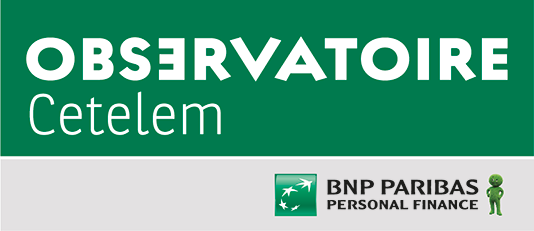… By staying faithful to its cut-price DNA
New low-cost concepts are emerging with a key focus on price
As we have seen, the low-cost model is an innovative consumer concept geared towards significantly lowering prices in order to gain market share. Historically, this has been a fundamental aspect of the model, regardless of the terms one might associate with the concept. In all the countries and all the sectors in which it has been implemented, price cutting has always been central, almost to the point of obsession. This is as true today as it was in the United States in 1929, when the first self-service store was opened during another major economic crisis. It was also the goal of brothers Theo and Albert Albrecht in 1950 when they opened the first hard-discount store, Aldi (a contraction of Albrecht and Diskont), just as Germany was beginning to recover from the Second World War. Cut-price fares are also the credo of charter airlines, which first emerged in the 1960s and reached their apotheosis in 1985 with the launch of Ryanair, the brand that truly heralded the dawn of low-cost air travel. And as time has gone by, companies entering new sectors have continued to aim for the lowest prices, making this the keystone of their business (Fig. 34).
1 in 2 Europeans believe that the greater people’s financial difficulties, the more compelled they will feel to buy low-cost products.
Financial constraints: the model’s main driving force
The creation of low-cost businesses at a time of economic crisis does not appear to be a phenomenon that belongs solely to the past. According to Europeans, economic hardship will continue to fuel the concept’s growth. Of those who expect the market to expand further, 1 in 2 believe this will be due to the rising proportion of consumers who are destined to face financial difficulties. This argument is most likely to be expressed in Hungary, Austria and France, all of which have advanced economies (63%, 60% and 54%, respectively). Looking at the other reasons why respondents expect the low-cost market to grow, consumers being better informed so that they pay a fairer price, the ability of the products purchased to meet basic requirements and the fact that the products offer a similar level of quality to branded products are much less likely to be put forward (33%, 28% and 24%). It is worth noting that the strong relationship between low-cost consumption and economic woes relegates environmental concerns to last place in this ranking. It’s hard to think green when prices make you see red (Fig. 35).
An effective way of preserving purchasing power.
From their perspective as sensible, thoughtful consumers, Europeans also believe that retailers and brands that are focused on cutting prices are best placed to preserve their purchasing power. Almost 7 out of 10 Europeans share this opinion. Along with the British, the inhabitants of both Iberian countries are the most likely to hold this view (77%, 77% and 72%), while the Bulgarians are more sceptical (54%) (Fig. 36).
New low-cost products rather than second-hand branded products
While the second-hand market is evidently growing, especially on the Internet and for branded products, and while it allows consumers to buy goods more cheaply in these inflationary times, here again the low-cost model appears to be more popular with Europeans. More than 6 out of 10 respondents would prefer to buy a brand-new low-cost product than a second-hand branded product. Older consumers are more likely to be of this view than the younger generation. But the most enthusiastic in this sense are those who regularly consume low-cost products. Indeed, 69% would rather opt for new low-cost goods, compared with only 54% of those who rarely or never make low-cost purchases (Fig. 37). From a geographical perspective, this is most likely to be the case in Spain, Portugal and Italy. France has the highest proportion of respondents who declare their preference for branded products, even when they are pre-owned.
The importance of low prices
Thus, low prices and purchasing power are inseparable in the minds of Europeans. 83% of Europeans believe that the low-cost model is a decent solution in this regard But they also see it as enabling the most disadvantaged households to keep consuming. 85% believe that the low-cost market allows purchases to be made that would be too costly otherwise. 80% believe that it caters well for the needs of the lowest-income groups. Moreover, the low-cost market is seen as providing a strong incentive for traditional brands and retailers to lower their prices (75%) (Fig. 38). This may well be the (low) price they must pay to maintain their position and the market share that goes with it.
The essential






